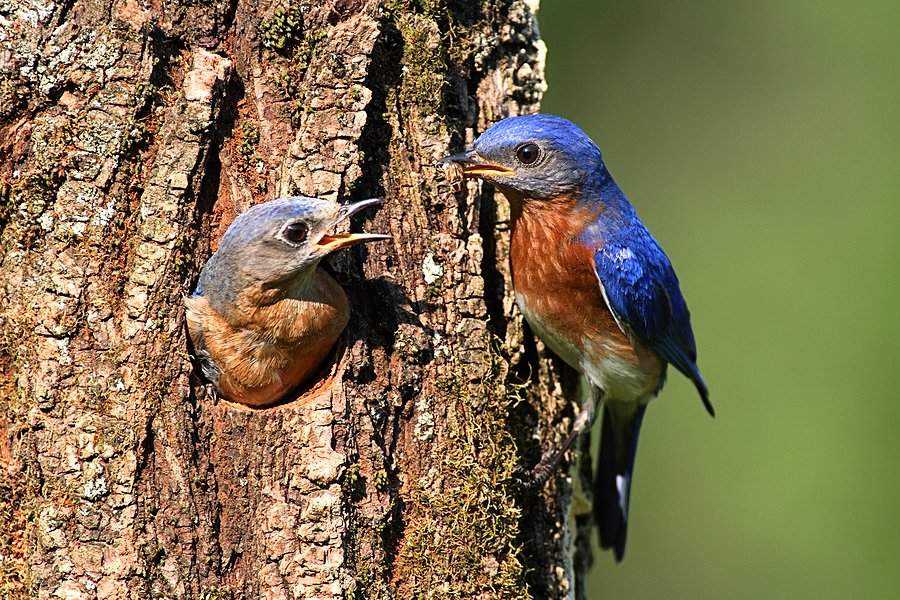
Songbirds are facing a nesting threat brought about by cold snaps and heat waves due to climate change, new research has found.
The study, titled “Inconsistent Shifts in Warming and Temperature Variability are Linked to Reduced Avian Fitness,” and recently published in Nature Communications, sheds light on the dangers posed by temperature variability, particularly during crucial nesting stages.
While warmer temperatures have already prompted songbirds to nest earlier in spring, the study emphasizes the significance of exposure to temperature fluctuations, a factor that proves especially perilous for nestlings. Conor Taff, PhD, co-lead author and researcher in the Department of Ecology and Evolutionary Biology at Cornell University, highlights the distinction between changing temperature averages and temperature variability, noting their distinct roles in climate change’s impact on avian life.
“When we talk about temperature changes, the focus is mostly on averages,” says Dr. Taff. “But all creatures, including humans, interact with weather conditions right in the moment, not with long-term averages. Even a one or two-day period when it’s really cold or really hot can be incredibly challenging even if the average temperature hasn’t changed. Changing temperature averages and temperature variability are two different components of climate change.”
The research looks into the effects of temperature variability on nesting success by analyzing 300,000 breeding bird records from the Cornell Lab of Ornithology’s NestWatch project between 1995 and 2020. It identifies the coldest and hottest three-day periods for each nest and examines their correlation with lower nesting success, measured by the survival of nestlings to fledging.
According to Taff, the findings reveal 16 out of 24 species studied experienced reduced reproductive success during cold snaps in the incubation or nestling stages, while 11 out of 24 faced similar challenges during heat waves in the breeding season. Aerial insectivores, in particular, proved most vulnerable to temperature extremes, especially cold ones.
The majority of birds feed insects to their young, making them reliant on insect availability. Cold snaps diminish insect activity, triggering a decline in food supply during the critical early stages of nestlings. This vulnerability is exacerbated by the fact that nestlings cannot regulate their body temperature, and the rapid growth during their initial weeks of life makes them particularly susceptible to food shortages caused by temperature extremes.
To assess long-term trends, Taff and co-lead author, Ryan Shipley, PhD, examined 100 years of weather data. While no clear pattern in the timing of temperature extremes was found, Taff and Dr. Shipley noted an overall warming trend.
“Even if nestlings somehow manage to survive a cold snap or heat wave, there may still be long-term consequences affecting the overall health of the birds,” Shipley says. “We’re only looking at a brief snapshot during early life and cannot measure long-term health in an unbanded wild population.”
For more, click here.
